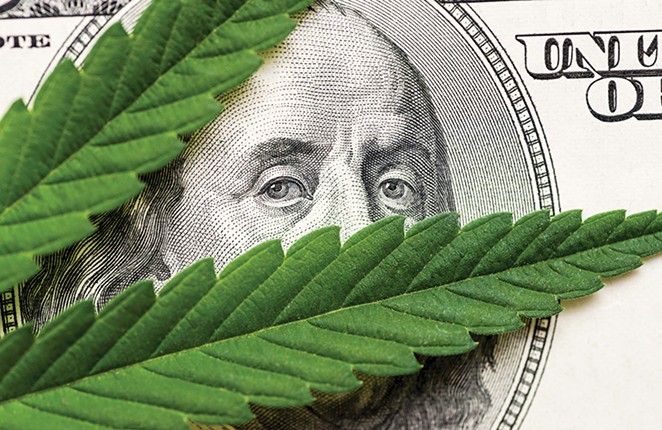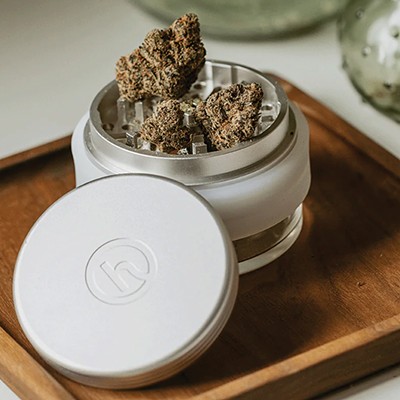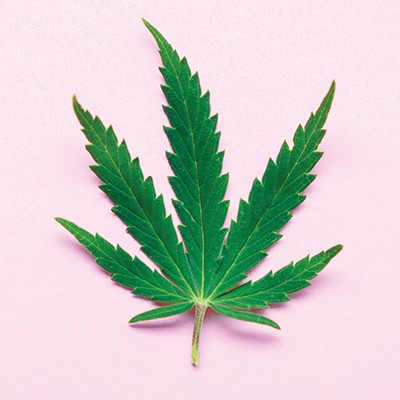On Nov. 4, Oregon will celebrate 10 years of the passage of Measure 91, establishing our Adult Use regulated recreational cannabis program. While the traditional 10th anniversary gift is tin or aluminum, instead of getting you a bag of returnable cans, I wrote this look at the Good, Bad and Ugly of cannabis this 4/20.
The Good
Last August, I explored the history of cannabis in Oregon, and how things have progressed since the implementation of Measure 91. For consumers, this is arguably one of the best times ever. Prices are at historic lows, due to an oversupply of flowers, from too many growers. (The year 2023 saw a 15% increase in outdoor production from 2022 levels.)
If you like your cannabis craft, Oregon is the place for you. While the sub-100-dollar ounces of mass-produced flower abound, those seeking a more artisan product will be overjoyed. Albeit spendier ($250-270 per ounce with tax), the selection is amazing, with terpenes hitting 6%, rare strains as well as classics done right, with extra frosty, babied buds justifying the higher price.
Purchase limits increased on Jan. 2 of this year, as well as the product size of concentrates, from 1 gram to 2. Fewer trips, less packaging, everybody wins!
The Bad
Those lower prices aren't being enjoyed by the people growing and selling said cannabis. As Oregon's Office of Economic Analysis recently wrote, "Given these market conditions of oversupply, (retail) saturation, and stable consumer demand, low prices make it difficult for businesses to be profitable..."
On April 12, Gov. Kotek signed legislation extending the existing moratorium on new cannabis business licenses. (Exceptions are possible if the population grows.) But the depression of the oversupply issue continues beyond the year of harvest.
The 9.6 million pounds that Oregon's regulated, licensed growers produced in 2023 was not all sold during that year. Most of what isn't sold as flower, or to a processor who produces cartridges, concentrates, edibles etc, is carried over to the following year. Flowers become less desirable as they age and sell at increasingly lower prices. (Some of those 4/20 dispensary deals will offer rock bottom prices of year-old flowers.) But this ongoing glut means 2024 growers will get lower prices, based on supply and demand. This results in smaller businesses failing or getting eaten up by larger brands.
The Ugly
The regulated market is still hampered by cannabis remaining a Schedule 1 drug, stalled social consumption and cannabis tourism industries, and other challenges. But an uptick in criminal activity is not helping matters.
Without access to banking and credit, cannabis businesses still deal in cash, making them targets for armed robberies and burglaries. In one five-month period, five dispensaries were hit by an armed robber that authorities believe is the same suspect.
One dispensary, saying it has been robbed eight times, recently had a thief pistol-whip a customer during a robbery. This moved the entire staff to quit, stating they no longer felt safe.





















